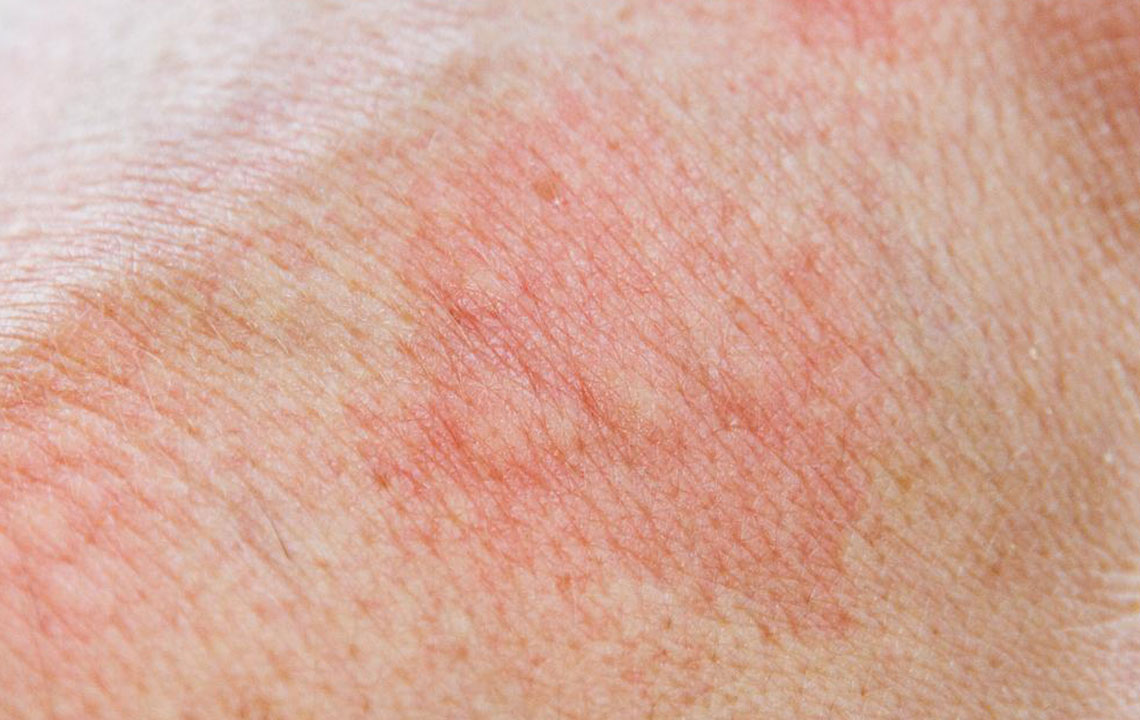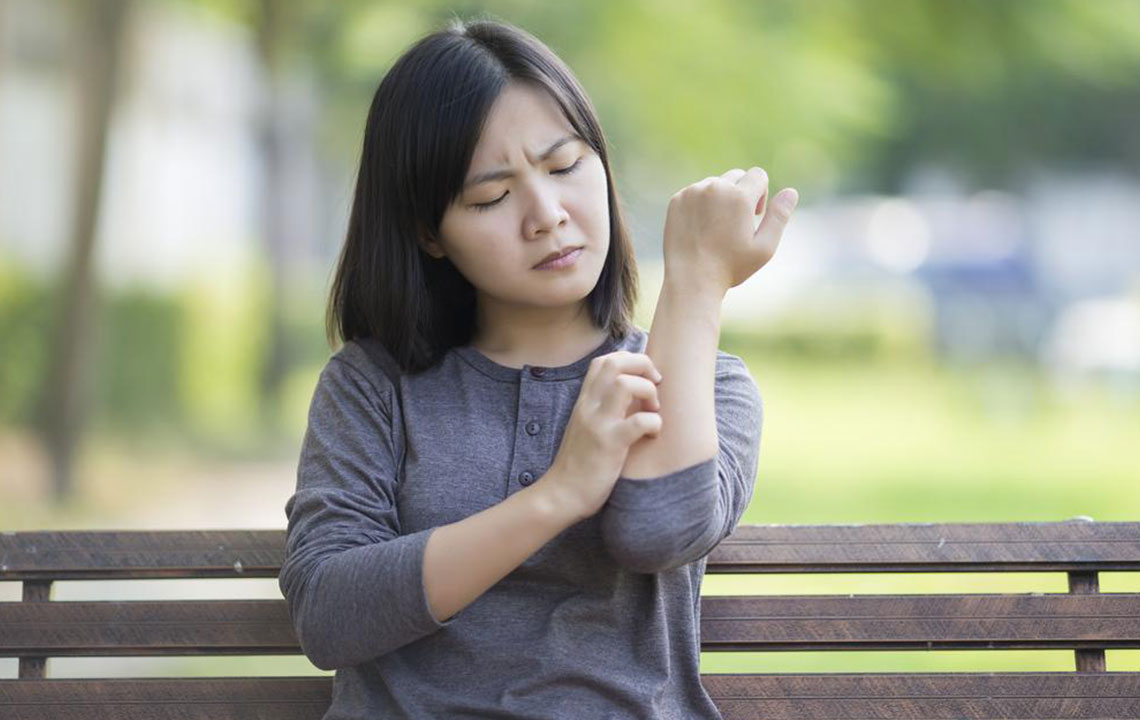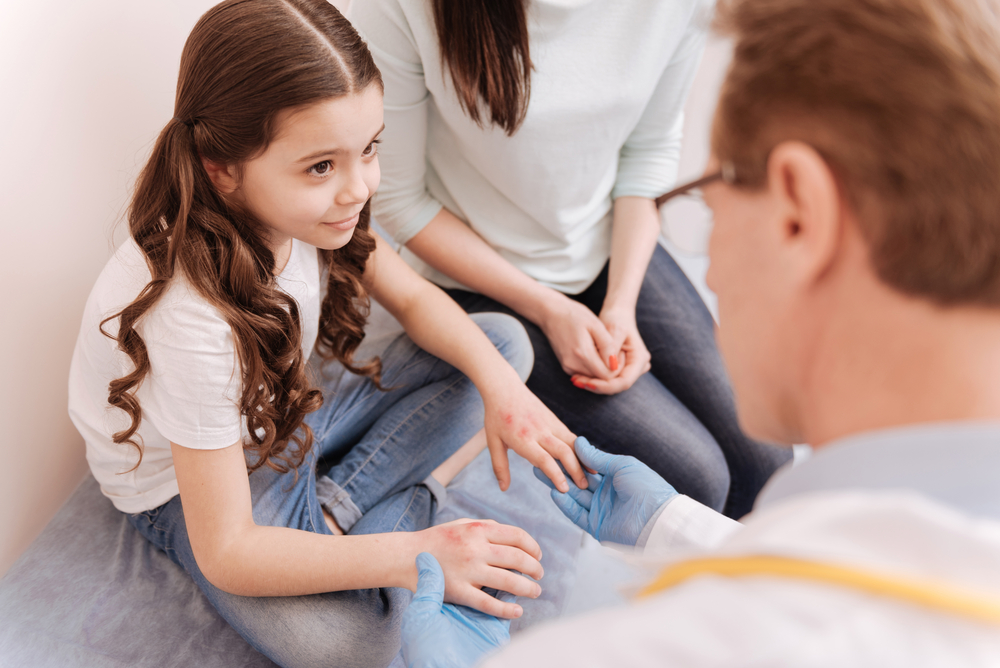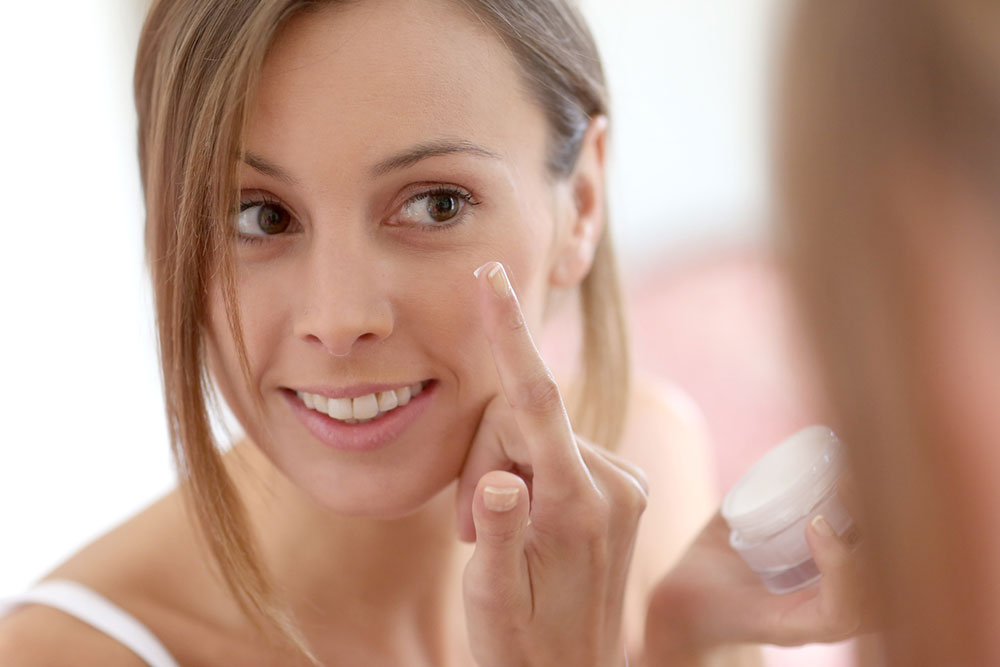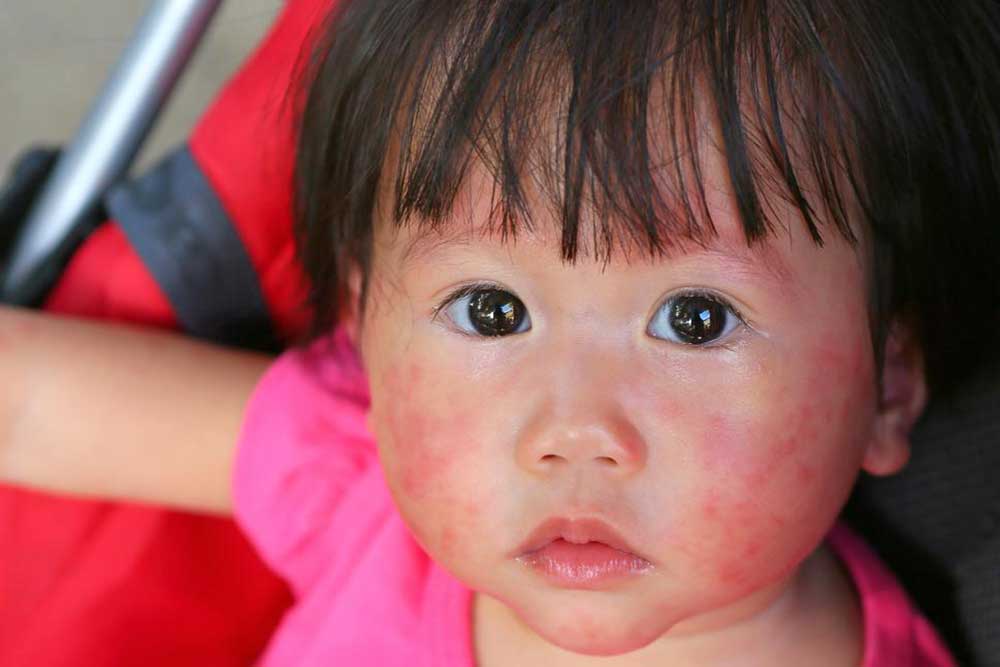Comprehensive Guide to 12 Common Itchy Skin Conditions and How to Manage Them
This comprehensive guide explores 12 common itchy skin conditions, detailing their signs, causes, and effective management strategies. From acne and sunburn to psoriasis and rosacea, learn how to identify and treat these skin issues to maintain healthy, comfortable skin. Understanding triggers and proper skincare routines can significantly improve quality of life and prevent chronic skin problems. Whether dealing with minor irritations or more complex conditions like hidradenitis suppurativa, early detection and professional guidance are key to effective treatment.

Comprehensive Guide to 12 Common Itchy Skin Conditions and How to Manage Them
Your skin serves as the body's first line of defense, constantly battling a variety of environmental and internal factors. Every day, it faces exposure to harmful chemicals, physical injuries like cuts and scratches, infections, ultraviolet (UV) radiation, and stress—all of which can compromise its health. Additionally, intense physical activities such as rigorous exercise can place further strain on your skin, hindering its ability to recover and maintain its natural barrier function.
Understanding the common skin issues that manifest through symptoms like itching, redness, swelling, bumps, or scaling can help in early detection and effective management. These skin problems may develop suddenly or gradually, and their causes are often diverse, ranging from infections and allergic reactions to chronic medical conditions.
In this comprehensive guide, we explore 12 prevalent itchy skin conditions, their key signs, and effective strategies to manage and prevent them for healthier skin.
Acne: Frequently associated with adolescence, acne is often misunderstood as a solely hormonal issue. However, factors such as excessive sweating, humid environments, oily skin, stress, and diet can also contribute to breakouts at any age. Even with diligent hygiene, acne stubbornly persists for some. Over-washing or harsh skincare products can aggravate the condition, leading to increased irritation. For persistent or severe acne, consulting a dermatologist is essential to develop a tailored treatment plan involving topical medications, oral drugs, or advanced therapies.
Sunburn: Overexposure to ultraviolet (UV) rays from the sun damages the skin, resulting in redness, pain, and sometimes blistering. While melanin provides some natural protection, prolonged or intense exposure—even during winter months—can cause sunburns. To prevent this, it is crucial to use broad-spectrum sunscreens with high SPF, wear protective clothing, hats, and seek shade during peak sunlight hours. Proper after-sun care, including moisturizing and soothing aloe vera, can aid recovery.
Chickenpox: Caused by the varicella-zoster virus, chickenpox presents as an itchy rash comprised of red spots, blisters, and pustules across the body. Fever, fatigue, and sore throat are common accompanying symptoms. Vaccination remains the most effective prevention method. Treatment typically involves antihistamines to control itchiness, fever reducers, and topical remedies to ease discomfort. In some cases, antiviral medications may be prescribed, especially for high-risk groups.
Rubella (German Measles): This highly contagious viral infection is characterized by a distinctive red rash that begins on the face and spreads over the entire body. Additional symptoms include swollen lymph nodes, mild fever, sore throat, and headache. Vaccination is crucial to prevent rubella, particularly in pregnant women, as infection during pregnancy can lead to severe congenital defects. The rash usually resolves within a few days, and supportive care is recommended for symptom relief.
Athlete’s Foot: A common fungal infection affecting athletes and those with active lifestyles, athlete’s foot begins between the toes and can spread to toenails and other parts of the foot. It thrives in warm, moist environments such as gyms, showers, and locker rooms. Symptoms include itching, burning, peeling, cracking skin, and sometimes foul odor. Topical antifungal medications, such as creams, powders, or sprays, are usually effective. Maintaining foot hygiene, keeping the feet dry, and wearing breathable footwear are key preventative measures.
Hidradenitis Suppurativa: This relatively rare yet debilitating chronic skin condition affects about 4% of the population. It causes painful abscesses, boils, and nodules primarily in areas with dense sweat glands, like the armpits, groin, and buttocks. The exact cause remains unknown, but inflammation and hormonal factors are involved. Its presentation is often invisible initially, leading to misdiagnosis. Management includes anti-inflammatory treatments, antibiotics, and sometimes surgical interventions to remove affected tissues.
Hives (Urticaria): Sudden outbreaks of raised, pink, itchy swellings can appear anywhere on the body, often as a result of allergic reactions to foods, medications, insect stings, or environmental factors. Hives can last anywhere from a few hours to several weeks. Managing triggers involves allergen avoidance, antihistamines, and sometimes corticosteroids for severe cases. Identifying specific allergens through testing can help prevent future episodes.
Psoriasis: An autoimmune skin condition affecting around 7.5 million Americans, psoriasis manifests as dry, scaly, silvery patches and plaques, often on the elbows, knees, scalp, or lower back. It can also cause joint pain (psoriatic arthritis). The exact etiology involves immune system dysregulation leading to rapid skin cell turnover. Treatment options include topical steroids, vitamin D analogs, phototherapy, and systemic medications such as biologics for severe cases. While curative options remain elusive, effective symptom control significantly improves quality of life.
Groin Rash: Fungal infections, often caused by dermatophytes, lead to redness, itching, and discomfort in the groin area. Also called tinea cruris, this condition commonly affects active individuals who sweat profusely. Good hygiene, drying the area thoroughly, and using antifungal powders or creams can effectively treat the rash. Preventing recurrence involves wearing loose, breathable clothing and avoiding sharing towels or personal items.
Staph Infections: Caused by the bacterium Staphylococcus aureus, these infections range from mild boils and folliculitis to serious conditions like cellulitis or abscesses. While some infections are harmless, untreated cases can lead to complications. Good skin hygiene, prompt wound care, and antibiotics for bacterial infections are essential management strategies. In resistant cases, specialized antibiotics or drainage procedures may be required.
Prickly Heat (Heat Rash): Common in hot and humid conditions, prickly heat occurs when sweat glands become blocked, leading to small red bumps and intense itching. It mostly affects infants but can also impact adults exposed to excessive heat. Keeping the skin cool and dry, wearing loose clothing, and avoiding overheating are primary preventive measures. Use of cooling powders or topical soothing agents can help alleviate symptoms.
Rosacea: Predominantly affecting adults’ facial skin, rosacea causes persistent redness, visible blood vessels, bumps, and pimples. Its precise cause remains unknown, but factors like sun exposure, hot drinks, spicy foods, alcohol, and stress can trigger flare-ups. Current treatments aim to reduce symptoms and prevent worsening, including topical antibiotics, laser therapy, and lifestyle modifications. While incurable, proper management can significantly improve appearance and comfort.
Understanding these common itchy skin conditions enables early intervention and effective management, leading to healthier skin and improved quality of life. Regular skincare, prompt treatment, and consultation with dermatology professionals are vital in tackling persistent or severe skin issues.

